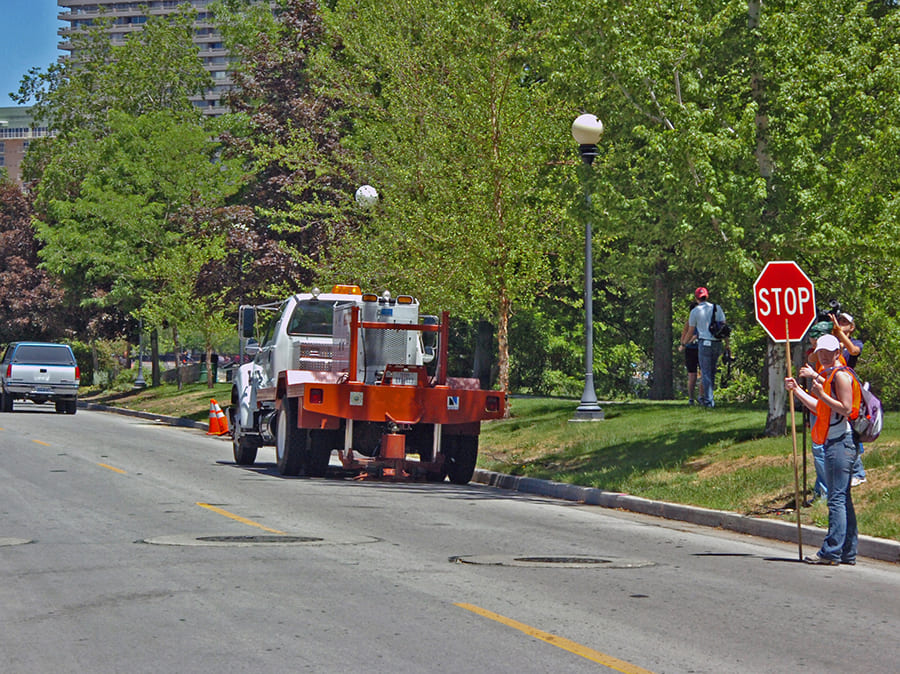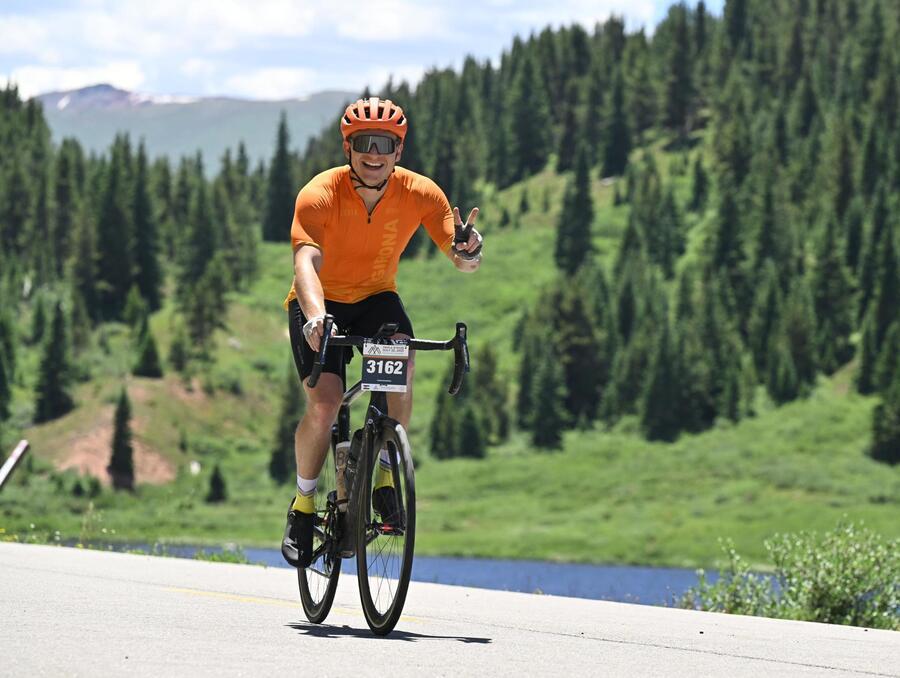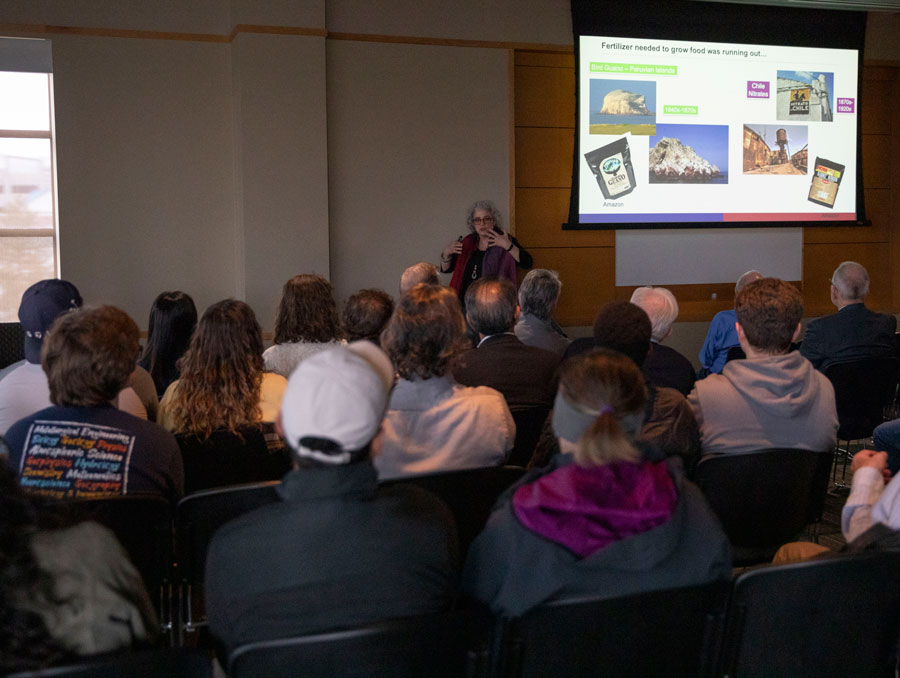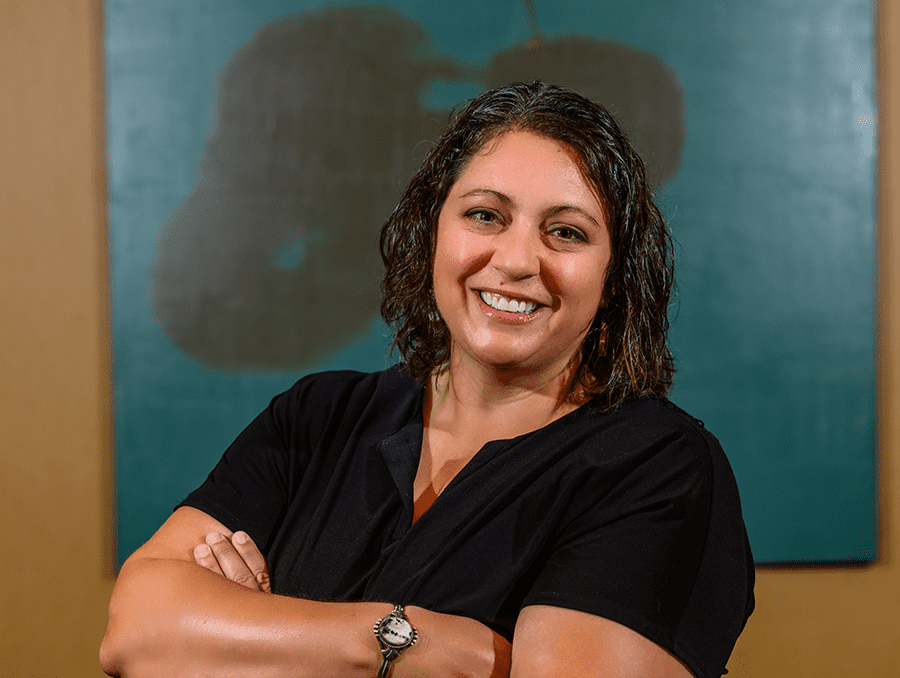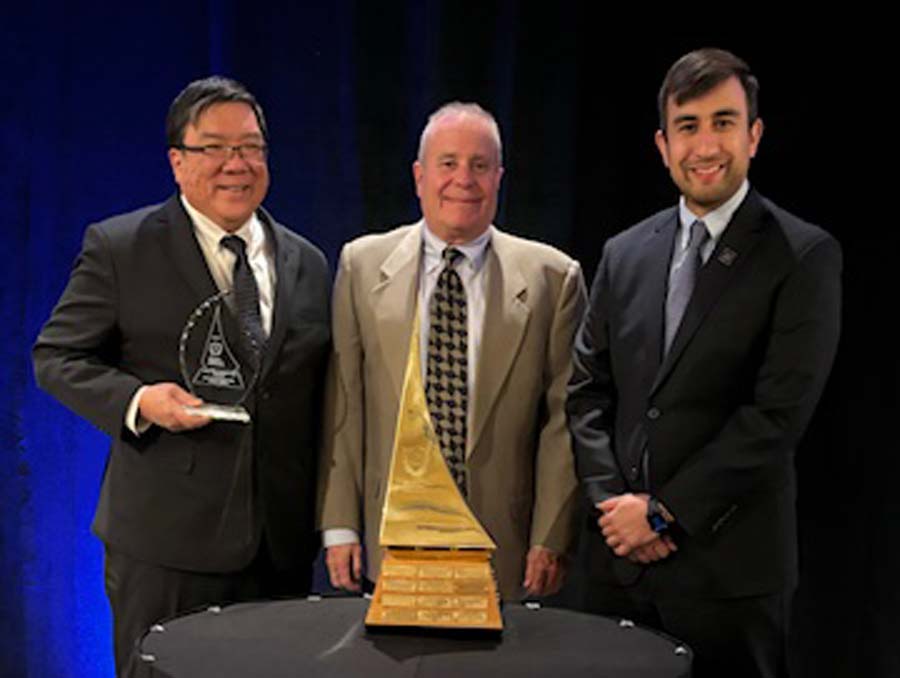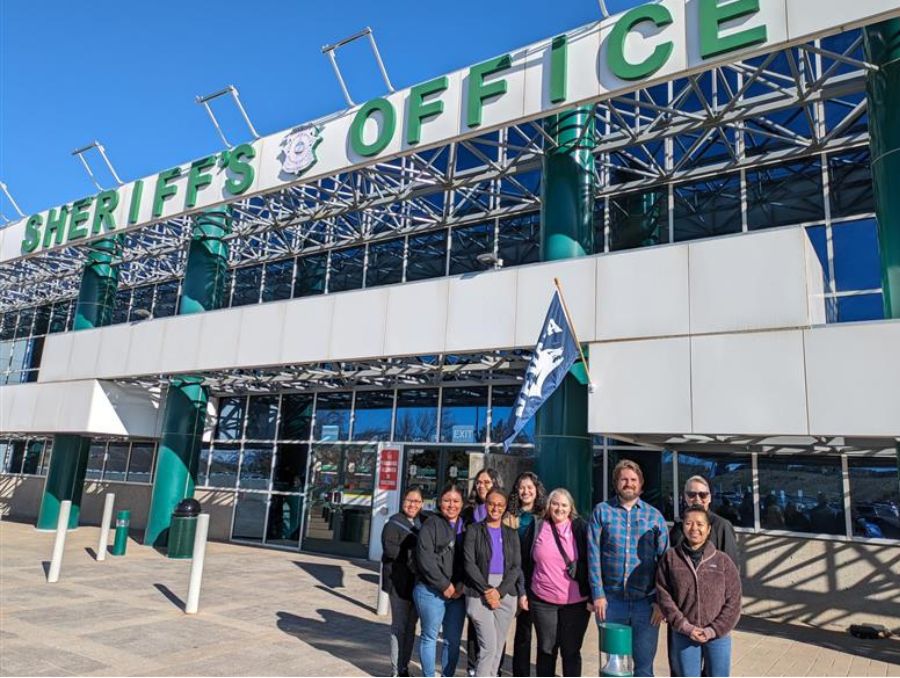The Seismological Lab at the University of Nevada, Reno is beginning seismic surveying through downtown as part of a $1 million U.S. Geological Survey study to create an earthquake hazard map in the Reno-Carson City urban corridor.
“There are several suspected faults in the downtown area, and we don’t know much about them,” John Louie, professor of geophysics in the Seismological Lab said. “We’ll start along Riverside Drive with the minivibe truck near the Keystone bridge and continue downriver to Rock Boulevard.”
The truck, using a relatively light 700-pound reaction weight, will stop every 30 feet, set the shaker on the asphalt and vibrate the ground for a few minutes. It’s a slow process, with the truck creeping less than one mile a day along the river route.
The Seismological Lab’s portion of the project will last 11 days as they do full-scale seismic reflection soundings up to a half-mile deep and for a total of seven miles along the Truckee River and on Reno streets.
Louie is the principal investigator on the seismic survey for the University. He will be working with two PIs from the USGS to make thousands of soundings to complete the high-resolution, non-invasive seismic imaging study using industry techniques for oil and gas exploration.
“This is a process of discovery,” Louie said. “We will look for the suspected faults, possibly find faults we don’t know about and will be able to identify the most hazardous faults.”
Louie has seven students working in the crew, gaining valuable real-world experience. The students rolled out a half-mile of communications cable and hundreds of spiked sensors along the downtown route to monitor the shaking.
“They will have the opportunity to participate in a real, professional survey not just a class exercise,” he said. “They will have a comprehensive view of the whole process, from knocking on doors notifying residents of the work, to placing the ground motion sensors and interpreting the 3D computer results.”
The engineering and geological sciences department has two co-principal investigators collaborating on the project: Dr. Pat Cashman, an expert in structural geology and Dr. Ilenna Tibuleac, research seismologist and geophysicist.
“This is a rare project for the USGS,” Louie said. “They have little money for these types of projects and we’re pleased they have turned their attention here.”
The USGS will be back to Reno in 2010 to follow up with the project after the data is analyzed and to survey other parts of Reno, including the Virginia Lake area.
The survey will be done using the latest tools of the trade: the vibrator truck is made possible through a National Science Foundation grant, and the several-thousand-dollar software used to process and interpret the data is being donated for the project by the Reno-based global geotechnical engineering firm Optim, which provides geophysical software and data services around the world.
